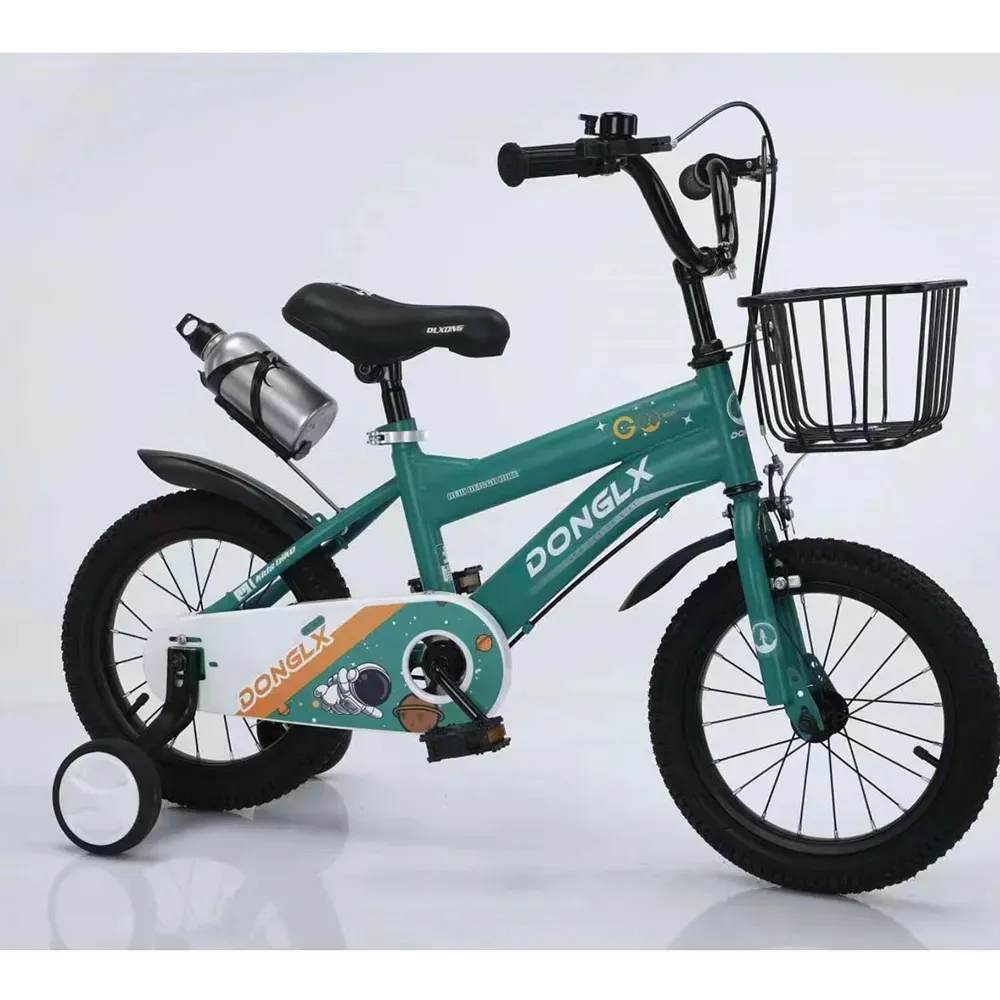Exploring the Different Types of Mountain Bikes for Every Rider's Needs
All MTB Types A Comprehensive Guide
Mountain biking is an exhilarating sport that allows riders to explore the great outdoors while challenging their skills and endurance. Whether you’re a novice or an experienced rider, understanding the different types of mountain bikes (MTBs) is crucial in choosing the right bike for your needs. Each type of MTB is designed for specific terrain and riding styles, ensuring that every rider can find a perfect match. Let’s delve into the various MTB types, their unique features, and what makes them suitable for different riding experiences.
1. Cross Country (XC) Bikes
Cross country bikes are the go-to choice for riders who enjoy racing and covering long distances on varied terrain. These bikes typically feature lightweight frames, narrow tires, and a geometry designed for climbing efficiency. XC bikes excel on smooth trails and exhibit excellent pedaling efficiency. They often come with either hardtail (front suspension only) or full-suspension options. The latter provides additional comfort on rough trails while still prioritizing speed.
2. Trail Bikes
Trail bikes serve as versatile options for riders looking to tackle a variety of terrains. They bridge the gap between XC and more aggressive mountain biking styles. With a slightly heavier frame than XC bikes, trail bikes typically feature longer suspension travel (between 120mm to 150mm) that allows for better handling on both ascents and descents. The geometry of trail bikes offers a balance between climbing capability and descending prowess, making them suitable for all-around mountain biking.
3. All-Mountain Bikes
All-mountain bikes are built for those who crave challenging descents without sacrificing climbing ability. These bikes come with robust frames and a longer suspension travel (usually between 140mm and 170mm) to handle rough and technical terrain. All-mountain bikes have slacker geometries that offer stability and control on steep, downhill sections. They are perfect for riders who enjoy downhill trails but still want the capacity to climb back up challenging slopes.
4
. Enduro Bikesall mtb types

Enduro bikes are designed specifically for riders who participate in enduro racing, which focuses on timed downhill segments interspersed with untimed climbs. These bikes are characterized by their increased suspension travel (typically between 150mm to 180mm), allowing them to absorb the most demanding descents while maintaining efficiency on climbs. Enduro bikes feature a more aggressive geometry that provides a stable platform for high-speed descents and technical features.
5. Downhill Bikes
For adrenaline junkies who prefer steep descents and rugged terrains, downhill bikes are the ideal choice. Built primarily for descending, these bikes come with a heavy-duty frame and long suspension travel (often exceeding 200mm). They are designed with a slack head angle for stability at high speeds and come equipped with wide tires for maximum grip. Downhill bikes are not meant for climbing; they are often transported to the top of trails via chairlifts or shuttle services.
6. Fat Bikes
Fat bikes are unique due to their oversized tires, which provide exceptional traction and stability on soft surfaces like sand and snow. These bikes are designed for riding in less-than-ideal conditions, making them ideal for year-round cycling. The wide tires allow for lower air pressure, increasing comfort and grip. Fat bikes can be used on various terrains, but they perform best in environments where traditional MTBs would struggle.
7. Electric Mountain Bikes (e-MTB)
With the rise of technology, electric mountain bikes have gained popularity among various riders, offering pedal assist to tackle tough climbs and long-distance rides without sweating it out. e-MTBs are available in various styles, from XC to all-mountain, providing the same capabilities as traditional MTBs but with an added boost. They are perfect for those who wish to enjoy longer rides or conquer challenging trails without the physical exertion often required.
Conclusion
Choosing the right mountain bike depends greatly on your riding style, the terrain you plan to tackle, and your personal preferences. Whether you are racing in competitive environments or exploring scenic trails, understanding the distinct features of each MTB type will enhance your mountain biking experience. By matching your bike to your riding objectives, you’ll ensure every ride is enjoyable and fulfilling. Happy biking!
-
Three-Wheel Light-Up Scooter Benefits for KidsNewsJul.11,2025
-
The Importance of Helmet Safety When Using a Kids ScooterNewsJul.11,2025
-
Nurturing Early Mobility with an Infant ScooterNewsJul.11,2025
-
How to Choose the Safest Tricycle for KidsNewsJul.11,2025
-
Fixing a Squeaky Baby Push Tricycle in MinutesNewsJul.11,2025
-
Cleaning and Maintaining a Tricycle for Big KidNewsJul.11,2025
-
Unleash Fun and Safety with Our Premium Kids Scooter CollectionNewsJun.06,2025








